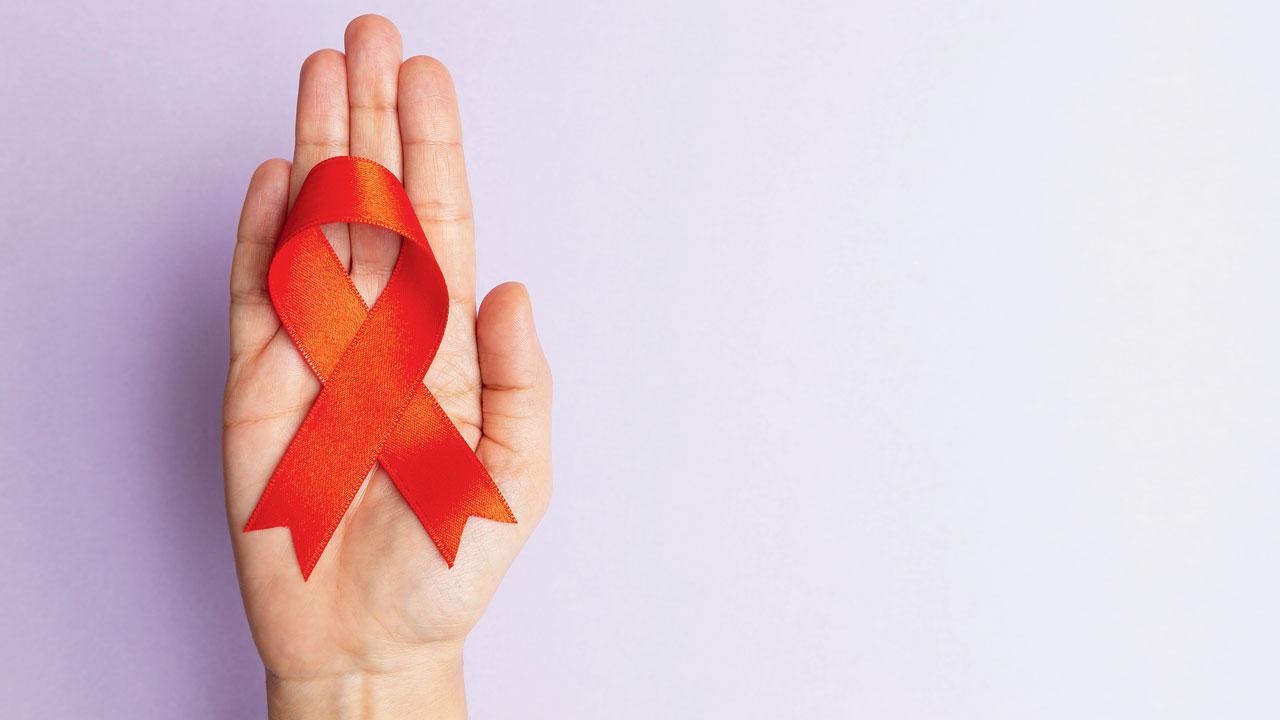Mumbai AIDS Control Society aims to bridge gaps in HIV prevention and treatment to people like massage parlour workers and users of dating apps

The MDACS is reaching out to a few massage parlour workers to extend its prevention and treatment efforts. Representation Pic
The Mumbai AIDS Control Society (MDACS) is working to extend its prevention and treatment efforts to include massage parlour workers and users of dating apps, focusing on reaching the previously underserved population. “The massage parlour workers are part of the high-risk population identified by the National AIDS Control Organisation (NACO). We have recently started this initiative in Mumbai, considering emerging trends, but it is still in the initial stages,” MDACS, Assistant Project Director, Dr Vijaykumar Karanjkar said. For about a year now, MDACS has been using dating apps to connect with the younger population. An outreach officer, trained to manage these profiles with complete transparency, maintains a ready transcript, according to officials, with adequate oversight.
ADVERTISEMENT
“We encourage them to meet us in person where they are counselled about safe sex. Then they are informed about HIV and asked if they wish to be diagnosed,” Dr. Karanjkar said. So far, the society has only been able to connect with 35 such individuals, who chose to be tested; out of those, five were found positive and put on ART treatment. Dr Karanjkar also said that this is a first-of-a-kind initiative in the country and that Mumbai being a cosmopolitan city with varying behavioural and cultural patterns, its progress will set an example for the rest.
There are several challenges, as trust-building takes a lot of time and effort. “We are working on our funding requirements for this initiative, and a proposal will be accordingly presented to the higher-ups,” Dr Karanjkar explained. This is the same with MDACS’s massage parlour initiative. The society is reaching out to a few massage parlour workers to train them, who will then be involved in training the rest like them. “We have not identified which massage parlours have high-risk activities and which don’t. As of now, we plan to reach out to all of them,” Dr. Karanjkar added.
35
No of people society has reached
 Subscribe today by clicking the link and stay updated with the latest news!" Click here!
Subscribe today by clicking the link and stay updated with the latest news!" Click here!







